The argument that we should be able to separate art from the artist and not let the actions of the latter dictate our judgment of the former has been increasingly challenged as our tolerance for acts of violence and expressions of hatred by once-loved artists and creators dissipates. When it comes to Harry Potter author J.K. Rowling’s most recent anti-trans tweets, trans women, Potter fans, and Potter actors including Emma Watson and Daniel Radcliffe have condemned Rowling’s latest attacks against the trans community and called the beloved children’s author’s increasing alignment with the U.K.’s vitriolic TERF (Trans-exclusive radical feminist) brigade a betrayal of her fans.
Rowling’s conservatism and ignorance on questions of sex and gender is, unfortunately, not just confined to her needless use of social media to spread hate and foster discrimination towards the trans community. It is written across the seven-volume series and its spinoffs, in the rigid heteronormative gender roles Rowling imposes on all her characters, the infamous lack of diversity, and the pathologizing of non-normative expressions of sexuality.
This self-confessed Potter-obsessive can find little left to defend.
Potter fans tend to have a deeply personal relationship with the books, and in that respect, I am no exception. Read during our formative years, Potter was a cultural marker for many people my age who grew up alongside Harry. My brothers and I were those kids from Boyhood who queued outside our local book shop the day Goblet of Fire was published.
Though latter-adolescent ennui pushed me to abandon Potter for more “serious” literature such as Orwell, Steinbeck, Austen, and the like, I found my way back to the series in my early 20s while struggling to learn Spanish abroad. After picking up a discarded translation of Philosopher’s Stone, I lost myself in the fantasy once more, and my Spanish improved in leaps and bounds.
By the time the Deathly Hollows came out, I queued once more at my local book shop for my hardback copy and devoured it over one weekend. A week after finishing the series, my grandfather passed away. A week later, my mother was diagnosed with cervical cancer, and less than a year later, she too was gone.
I couldn’t pick up the Harry Potter books again for a long time. I would get my fix by going to the movies when they came out, usually alone—and watching the reruns, also alone, at Christmas. Harry Potter offered solace at the time of year when I most struggled with the losses and absences that marked my early 20s, because if nothing else, Harry Potter does death and loneliness well. The fantasy connected me to my childhood optimism, innocence, and imagination, which seemed to have disappeared into the black hole of cancer, loss, and grief.
Only a few weeks after my mother’s ten-year anniversary, I got the Hogwarts itch once more and read through the series in just under two months. Even at 34, I could still lose myself in the fantasy and enjoy the stories, their complexity, and the vividness of the world that Rowling had so painstakingly created. Nevertheless, as a confirmed feminist, finally beginning to explore my own queerness, I found myself increasingly frustrated and disappointed by a gender conservatism which, on previous readings, I had not had the ability to recognize nor name.
Gender roles are so firmly drawn in Harry Potter‘s world that witches as powerful as Ginny and Hermione could only be interested in love potions when they go into the Weasleys’ trick shop. The Order of the Phoenix has only three women members, and they are never seen making decisions, with Molly Weasley portrayed as little more than a surrogate mother.
The only woman who holds any political position in the wizarding world is the toad-faced, kitten-loving, pink-clad, power hungry control freak, Umbridge. There is an infinite number of other examples I could bring up from each book, but there are two characters whose juxtaposition says much about how Rowling regards a woman’s rightful place in both the Muggle and wizarding worlds.
Fluer Delaceur, the beautiful, French Triwizard competitor, was the only witch selected for the cup. But she was from an all-girls school (in the movies, anyway) without any obvious male competitor. As she prepares to marry Bill Weasley, she is transformed into a vacuous Bridezilla and collectively abhorred by the Weasley clan for her diva-like airs and pretensions. By the end of the series, she has been reduced to the picture of everything one should expect from a lady: a smiling, docile housewife who doesn’t challenge her husband’s preeminent masculinity.
On the other end of the spectrum is the universally reviled Bellatrix Lestrange. Played wonderfully by the ever delicious Helen Bonham Carter, she is the only character who displays even a hint of unrestrained sexuality. For this, and her obsessive devotion to Lord Voldemort, she is portrayed as little more than a demented criminal.
The suspicion that these two did have a sexual relationship is confirmed in The Cursed Child, where, of course, the product of this liaison is considered an abomination. Lestrange’s allegiance to evil and her ultimate death at the hands of the novel’s preeminent mother figure, Molly Weasley, is a lesson in the dangers of female power and uncontrolled sexuality.
Rowling does not allow her male characters any more freedom from their prescribed gender roles than she does her women. Again, there are almost too many examples to mention of how the male characters reinforce heteronormative and patriarchal gender roles, but among the most notable are Harry and Ron’s consistently dismal treatment of their female friends and colleagues: their slut shaming of Ginny, or how Hermione has to rescue them, time and again, from their own ineptness, while also doing their homework.
Nevertheless, it is the Dumbledore/Grindelwald dynamic that is perhaps the most problematic. Dumbledore was famously outed as gay by Rowling herself when ask whether the Hogwarts Principal had ever been in love. She replied that she had always thought of Dumbledore as gay, as if somehow being gay and experiencing love are mutually exclusive.
Subsequent pronouncements on this topic revealed that young Dumbledore had a deep affection towards Grindelwald that ended in lovers’ quarrel that caused the accidental death of Dumbledore’s sister. Dumbledore, so horrified by the tragic outcome of his love for Grindelwald remains, apparently, chaste for the rest of his life. Grindelwald, on the other hand, is portrayed in Fantastic Beasts as a shape-shifting, predatory, queer-coded villain who dominates and, ultimately, destroys the innocent and repressed Credence.
Perhaps most disappointing of all, in a book series that purports to champion justice over authoritarianism, is that the struggle between good and evil, which is ultimately a struggle for power, comes down to whichever male contender is strong enough to win the battle.
Any discussion of gender and sexuality in Harry Potter is, of course, limited by the fact that there is practically zero diversity in terms of gender or sexuality throughout the Harry Potter books and its various spinoffs. This is to say nothing of lazy and problematic ethnic stereotyping and lack of racially and ethnically diverse characters. The wizarding world of Rowling’s imagination is very much a world of white, cis, and straight people.
We might have been able to forgive J.K. Rowling all these authorial faults—chalking it up to an another example of unconscious bias from a white, European, cis, and presumably straight writer—if it were not for the fact that devoted fans have been calling this out and attempting to rectify the homogeneity and heteronormativity within the wizarding world for years.
Indeed, as expressions of racial, sexual, and gender diversity are increasingly recognized and celebrated within and outside of literature, Rowling’s magical world, populated almost exclusively by white, straight, cis people, feels ever more removed from and irrelevant to our current reality. Moreover, Rowling’s insistence on using her incredible privilege and social media platforms to spread hatred and discrimination, at a time when the world is convulsed by a global pandemic and people are standing up in unprecedented numbers against racial violence, demonstrates the once beloved author’s failure embrace diversity and promote the kind of understanding and mutual respect her books were once championed for.
(featured image: Warner Bros.)
Want more stories like this? Become a subscriber and support the site!
—The Mary Sue has a strict comment policy that forbids, but is not limited to, personal insults toward anyone, hate speech, and trolling.—



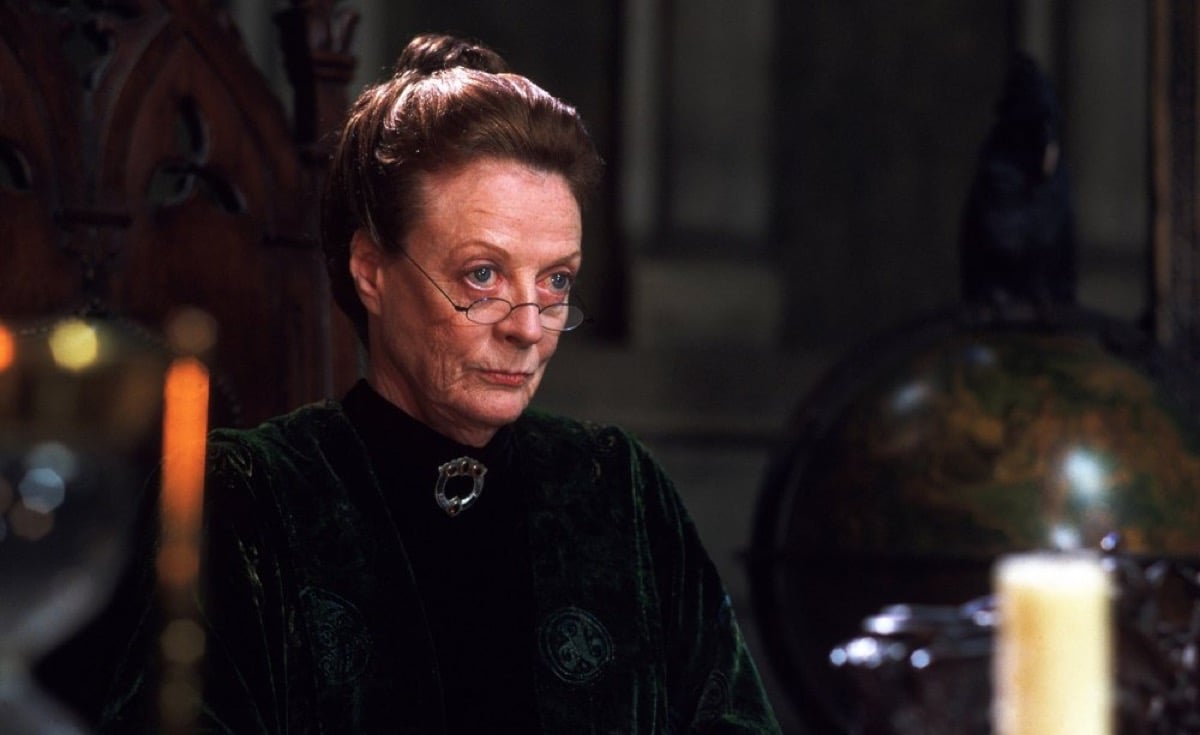
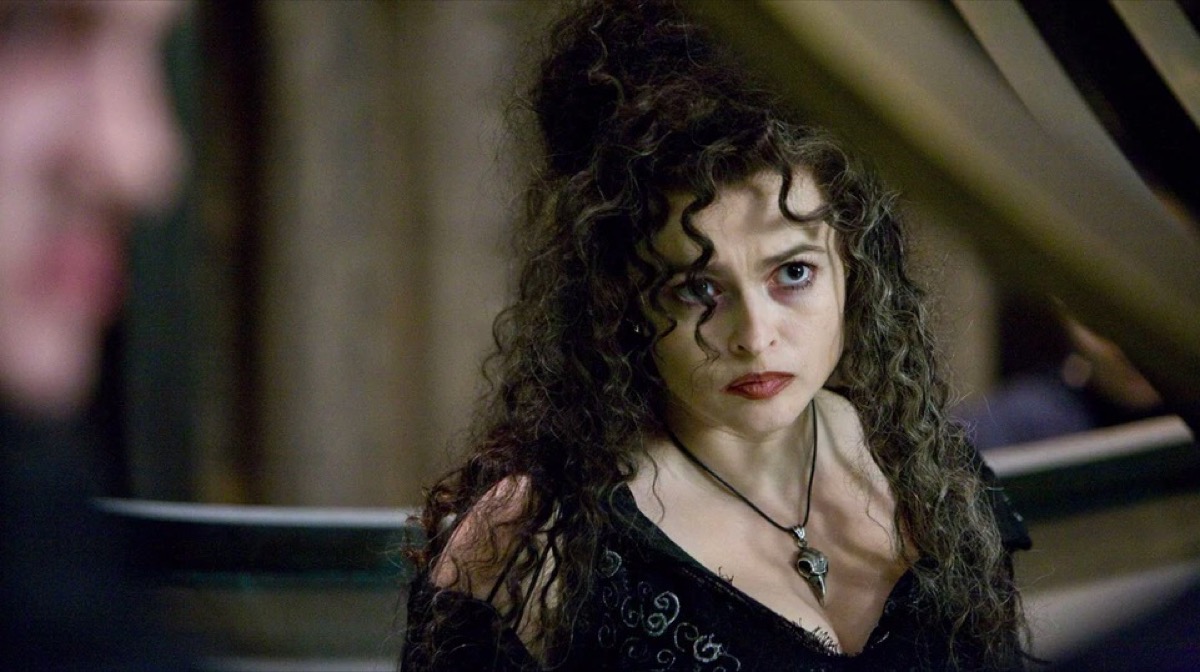
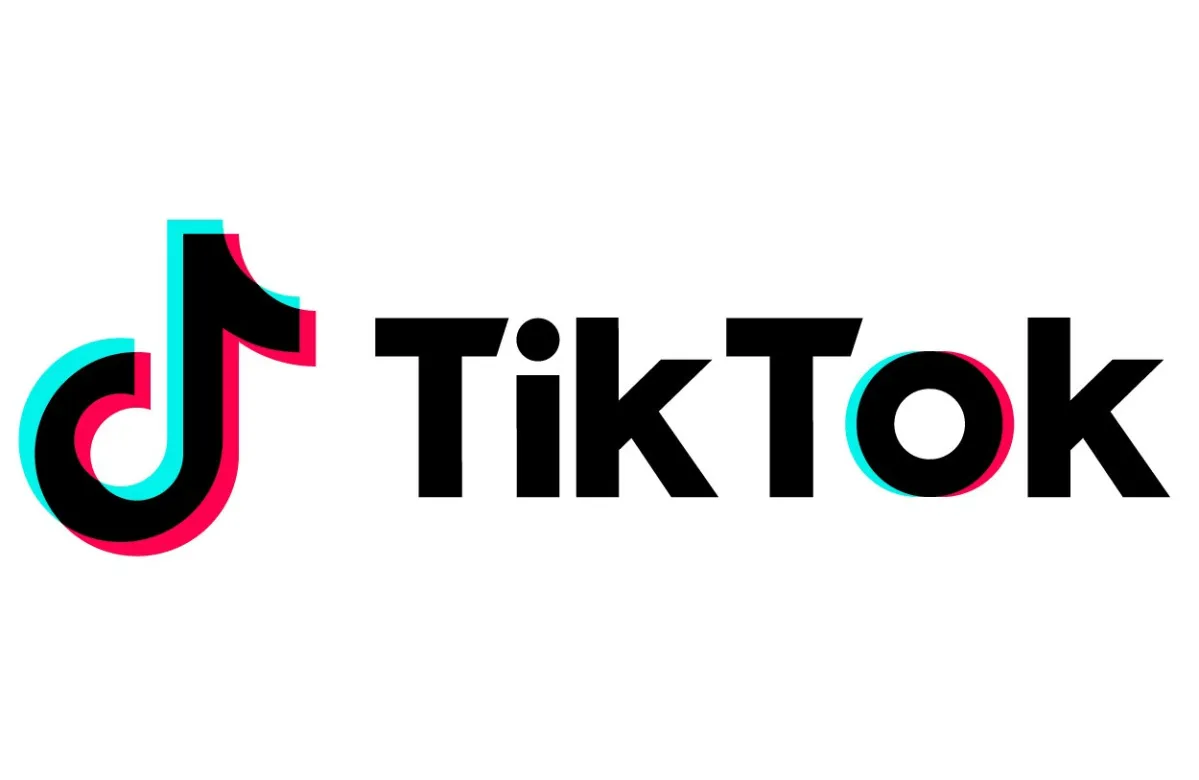
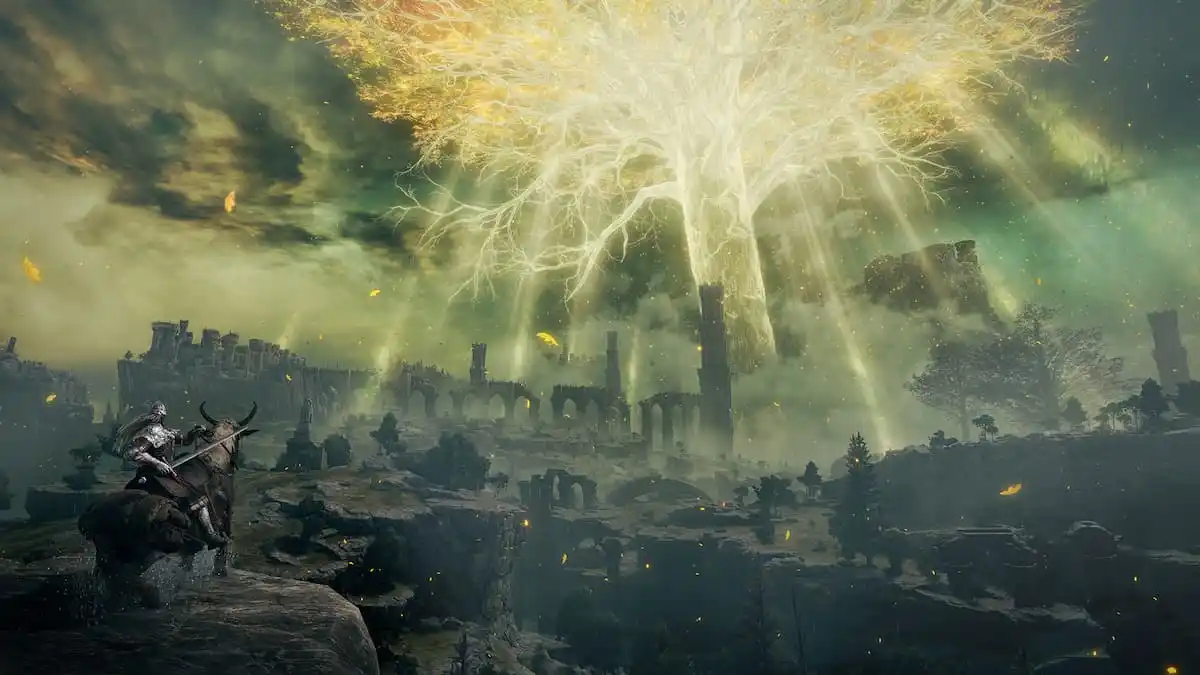
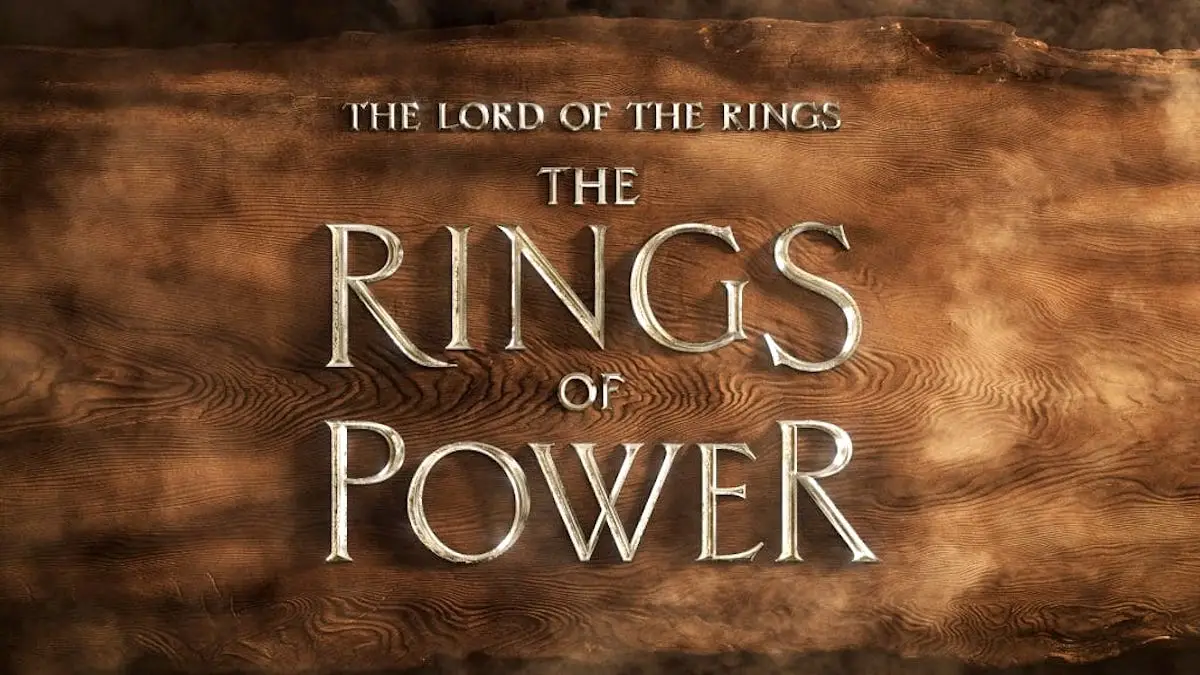
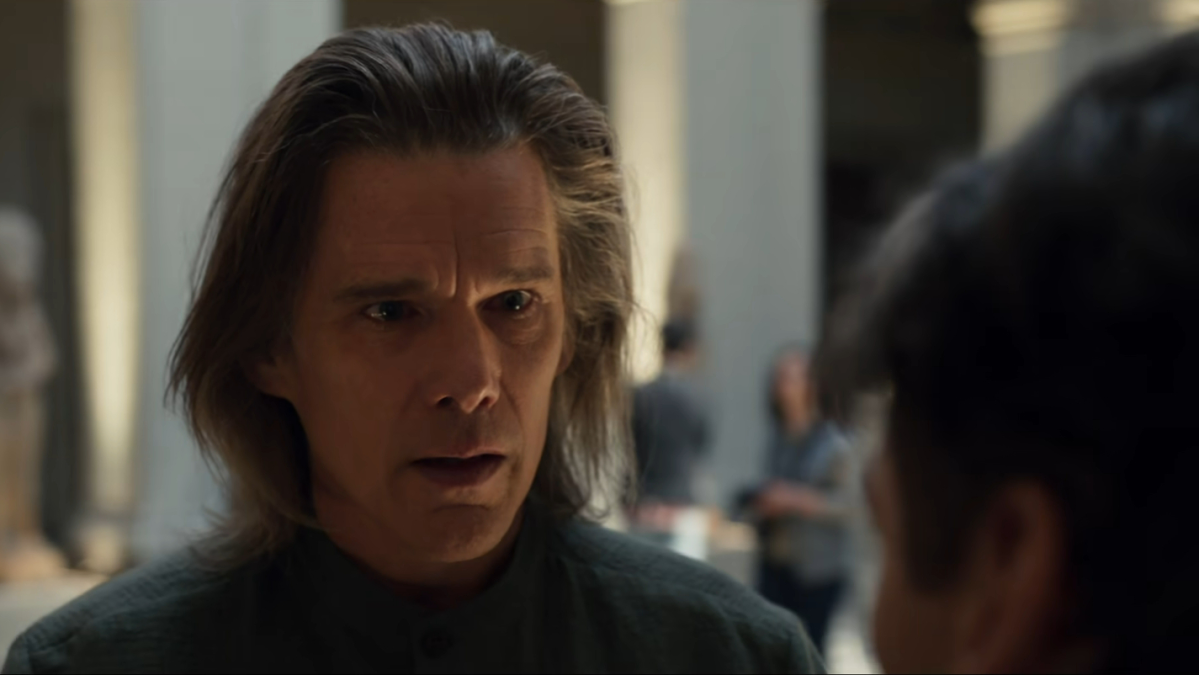
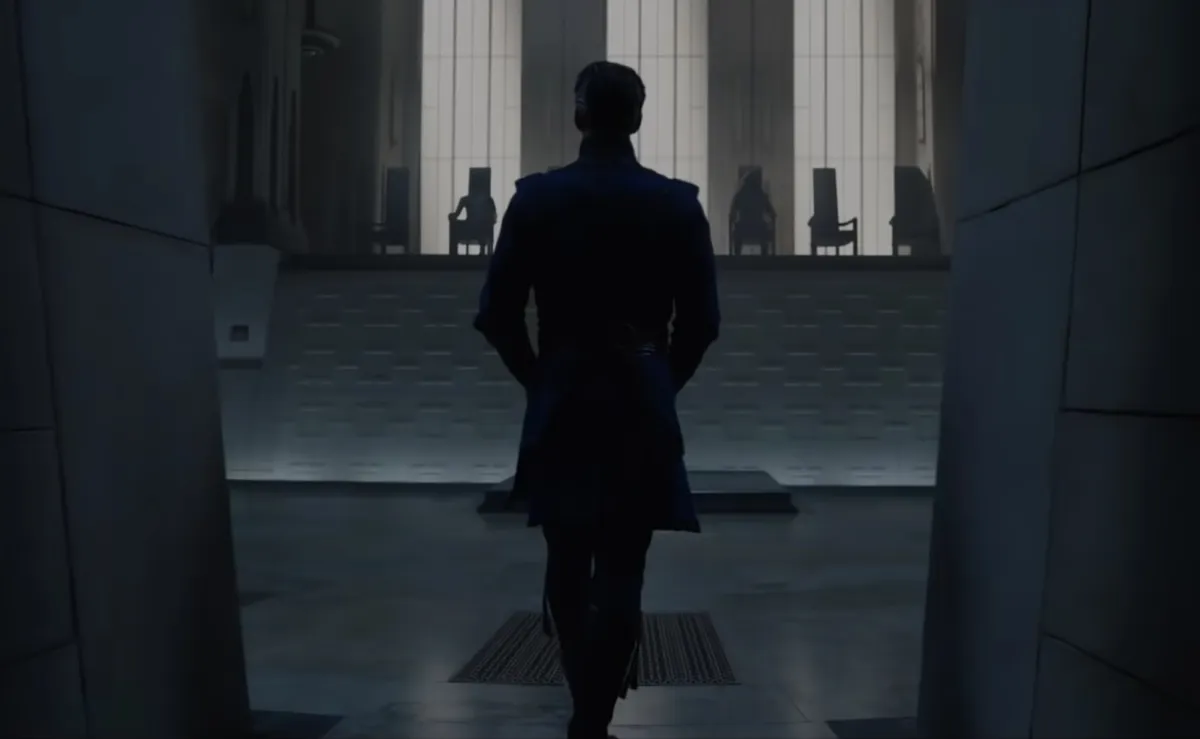
Published: Jun 16, 2020 11:31 am